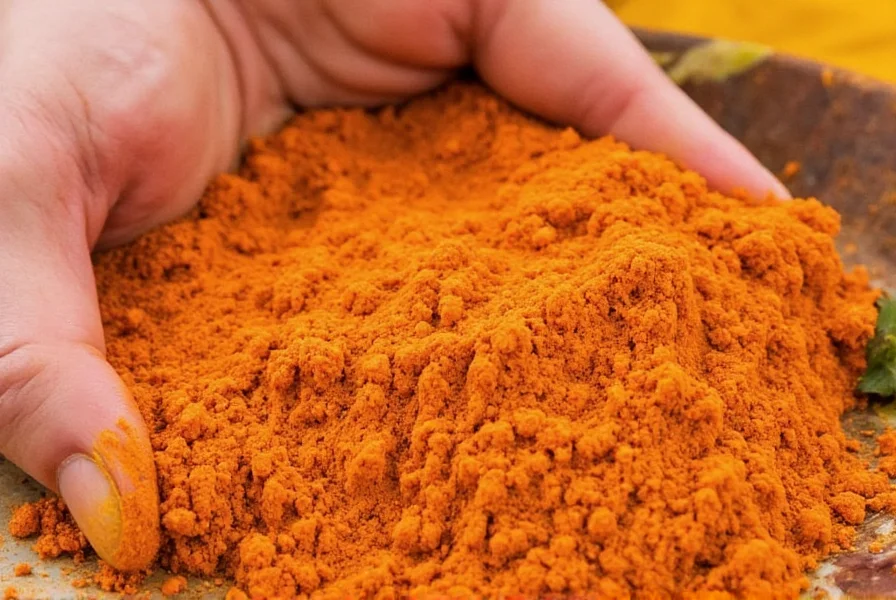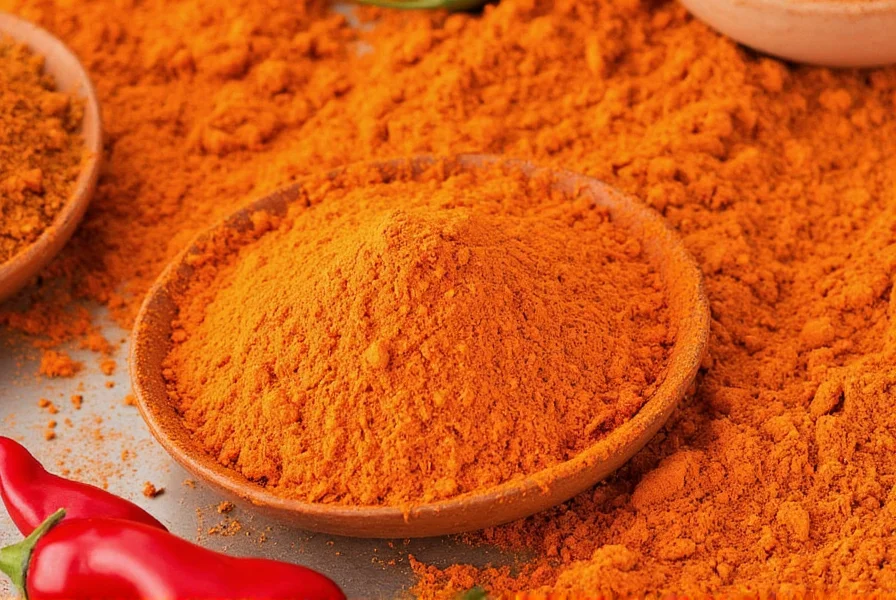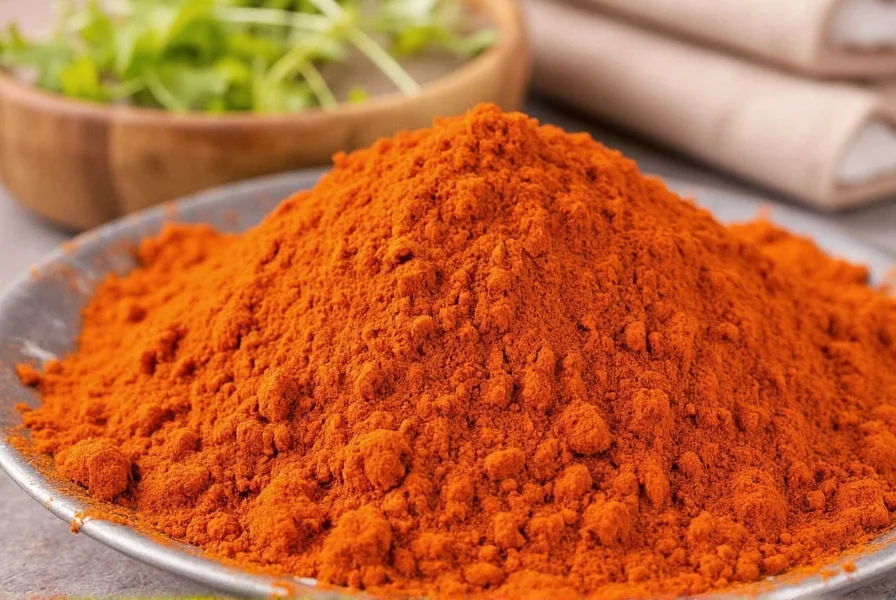When exploring the world of curry powder, many home cooks wonder about its heat profile. Contrary to popular belief, traditional curry powder isn't primarily designed to be spicy hot. Instead, it serves as a complex aromatic blend that forms the foundation of many dishes across various cuisines.
Understanding Curry Powder Composition
Curry powder is a versatile spice blend originating from British interpretations of Indian cuisine, though it's now used globally. The standard blend typically includes:
- Turmeric (providing the characteristic yellow color)
- Coriander
- Cumin
- Fenugreek
- Mustard seeds
- Ginger
- Black pepper (a mild heat source)
- Optional chili components for heat
The presence and quantity of heat-inducing ingredients determine whether a particular curry powder will be spicy. Most commercial blends contain only minimal amounts of cayenne or other chili peppers, resulting in what many would describe as a warm rather than fiery experience.
Factors Influencing Curry Powder Heat Level
Several elements affect how spicy curry powder tastes:
| Factor | Effect on Heat Level | Common Examples |
|---|---|---|
| Regional Variation | Indian blends often milder; Thai and Southeast Asian versions typically hotter | Madras curry powder (moderate heat) vs. Thai red curry powder (spicier) |
| Chili Content | Presence and amount of cayenne, red pepper flakes, or other chili components | Standard curry powder (little to no chili) vs. hot curry powder (added cayenne) |
| Brand Formulation | Commercial brands create different heat profiles for various markets | Mild (McCormick) vs. medium (Spice Islands) vs. hot (ethnic specialty brands) |
| Freshness | Fresher spices maintain more volatile compounds affecting perceived heat | Freshly ground curry spices often feel warmer than older, stale blends |
Curry Powder vs. Other Curry Products
It's important to distinguish curry powder from other curry-related products that often cause confusion:
- Curry paste (Thai red, green, yellow) typically contains fresh chilies and is significantly spicier than most curry powders
- Curry leaves are aromatic but not spicy at all
- Curry sauce varies widely but often incorporates additional chili elements beyond the base powder
When following recipes, understanding these distinctions helps manage expected heat levels. Many Western curry powder blends were specifically formulated to appeal to milder Western palates, explaining why is curry powder spicy hot remains a common question among novice cooks.

Managing Heat When Cooking with Curry Powder
If you're concerned about the spiciness of curry powder in your dishes, consider these practical approaches:
- Start with a small amount (1-2 teaspoons) and adjust to taste
- Add heat separately through fresh chilies, cayenne, or chili flakes rather than relying on the curry powder alone
- Balance heat with cooling elements like coconut milk, yogurt, or cream
- Toast the powder gently in oil to mellow any sharp heat notes
Professional chefs often create their own custom blends when curry powder heat level is critical to a dish's success. This approach gives complete control over the spice profile, allowing for precise calibration between aromatic complexity and heat intensity.
Common Misconceptions About Curry Powder
Several myths persist about curry powder that contribute to confusion about its heat properties:
- Myth: All curry powder is extremely spicy Reality: Most commercial blends prioritize flavor over heat
- Myth: Yellow curry powder is always mild Reality: Color comes primarily from turmeric, not heat level
- Myth: Curry powder and curry paste are interchangeable Reality: They have different moisture contents and heat profiles
Understanding that not all curry powder is spicy opens up possibilities for using this versatile blend in a wider range of dishes, from mild chicken curries to vegetable stir-fries and even some unexpected applications like spice rubs for proteins.

Choosing the Right Curry Powder for Your Needs
When shopping for curry powder, check the ingredient list for clues about heat level:
- Products listing "cayenne," "red pepper," or "chili" among the first ingredients will be spicier
- Blends emphasizing "mild" or "original" typically contain minimal heat elements
- Ethnic grocery stores often carry region-specific blends with authentic heat profiles
For those specifically wondering why is curry powder not spicy in certain products, the answer usually lies in formulation choices made for broader market appeal. Commercial producers often create milder versions that highlight the aromatic qualities rather than the heat.
Frequently Asked Questions
Is all curry powder spicy?
No, not all curry powder is spicy. Most standard commercial blends are designed to be aromatic rather than hot, with heat levels ranging from mild to moderate. The spiciness depends on the specific blend and whether it contains chili components like cayenne pepper.
What makes curry powder spicy?
The spiciness in curry powder comes primarily from chili components such as cayenne pepper, red pepper flakes, or other hot peppers included in the blend. Black pepper also contributes mild heat. Blends with higher proportions of these ingredients will be spicier, while those focusing on turmeric, coriander, and cumin will be milder.
How can I make curry powder less spicy?
To reduce spiciness when using curry powder, start with a smaller amount than the recipe calls for, then adjust to taste. You can also balance heat by adding dairy (like yogurt or coconut milk), acid (like lemon juice), or sweetness (like a touch of honey). Remember that heat builds during cooking, so add gradually.
Is curry powder the same as chili powder?
No, curry powder and chili powder are different spice blends. Curry powder typically contains turmeric, coriander, cumin, and sometimes mild heat elements, while chili powder is primarily made from ground chilies with additional spices like cumin and garlic powder. Chili powder is generally much spicier than standard curry powder.
Can I use curry powder if I don't like spicy food?
Yes, you can absolutely use curry powder if you don't like spicy food. Most standard curry powders are mild to moderately warm rather than intensely hot. Look for blends labeled "mild" or check the ingredient list for minimal chili content. You can also use smaller amounts and balance with coconut milk or yogurt to create flavorful but not spicy dishes.











 浙公网安备
33010002000092号
浙公网安备
33010002000092号 浙B2-20120091-4
浙B2-20120091-4